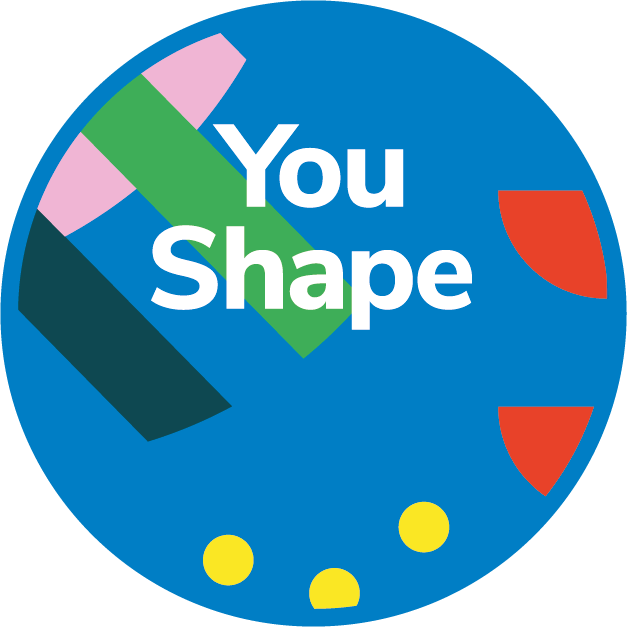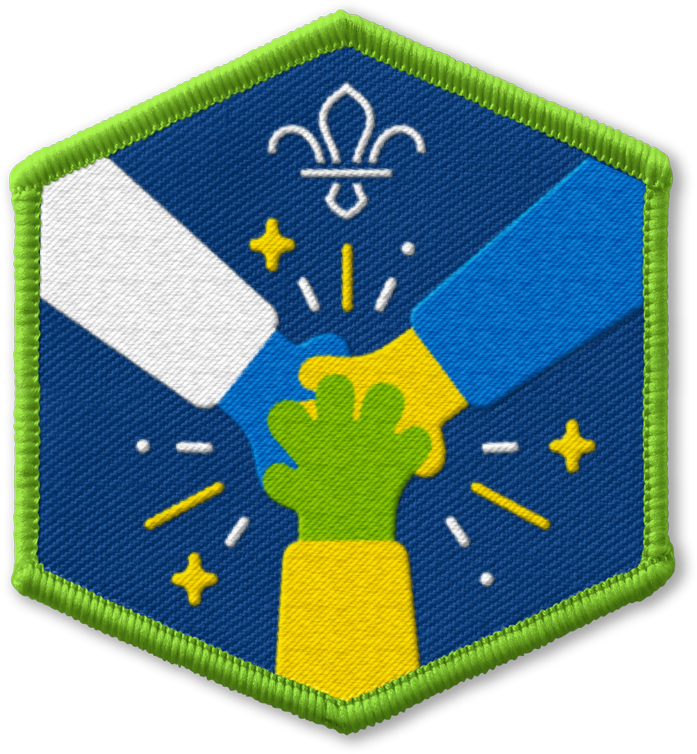
Choose your challenge
You’ll need
- Scissors
- Envelopes
- Scrap paper
- Pens or pencils
- Glue sticks
- Postcards
Before you begin
- Print the ‘Choose your challenge cards'. If you don’t have a colour printer, you could print the columns on different coloured paper, colour code them with a pen, or put them in different envelopes.
- Cut the cards up into the individual words or phrases.
- Make sure you have enough cards for everyone – people will split into small groups.
Challenge me
- Everyone should stand in a large circle.
- The person leading the activity should explain that everyone will be thinking about a personal challenge.
- Everyone should think about examples of challenges they’ve completed before. People should take it in turns to share their ideas – some people may think of physical challenges like keeping moving on a hike, some people may think of skills such as learning to tie shoelaces, and some people may think of things like being kind to a sibling.
- People face different sorts of challenges every day, for example, starting a new hobby, looking after a pet or a plant, or taking part in a sport. These challenges can feel tricky, but they help people to learn more and feel more confident.
What’s my challenge?
- Everyone should split into small groups. Each group should sit in a space with a grown up and a set of ‘Choose your challenge cards'.
- Each group should choose a card from each category and use them make a sentence. They should try to make a few sentences, then talk about which ones make the most sense.
- Each group should choose three sentences that make sense, then stick the cards to a piece of paper to make the sentences.
- Each group should swap sentences with another group, to see what they talked about.
- Everyone should think about a challenge they’d like to try. It could be something from this activity, or something else they want to try or get better at. They should think about how long their challenge will be, too. Different lengths of time will be right for different challenges and different people, and that’s OK.
- Everyone should share their challenge with the personal leading the activity. The person leading the activity should check that their challenge makes sense, and that it’s personal and achievable. The person leading the activity should keep the postcard.
- If there’s time, everyone should write their challenge on a second postcard to take home.
Challenge time
- Every meeting, the person leading the activity should pull out a few people’s postcards and ask the person how their challenge is going, how they’re finding it, and what they’ve learned.
Everyone should encourage people who are working towards their challenge, congratulate anyone who’s made progress, and offer advice if anyone wants it. If anyone completes their challenge, everyone should make sure they say a big well done.
Reflection
The activity helped everyone understand that challenges are often hard work and need everyone to keep on trying. How did everyone feel standing in the circle to talk about challenges? The person leading the reflection should explain that when everyone stood in a circle, it was a time to think about taking on their own challenge while remembering that they weren’t doing it alone – everyone was taking part, and ready to help each other. It can be especially hard to keep going when people have problems or worries. Anyone who wants to could share their problems or worries and everyone could work together to think of some solutions. Well done for everyone for taking on a challenge – it’ll be really exciting when everyone can share their results.
Safety
All activities must be safely managed. You must complete a thorough risk assessment and take appropriate steps to reduce risk. Use the safety checklist to help you plan and risk assess your activity. Always get approval for the activity, and have suitable supervision and an InTouch process.
Everyone’s challenge should be different, and personal to them. It all depends on people’s situation, abilities, interests, and skills.
If people are comfortable sharing their challenges, you could make a display to track everyone’s progress.
Everyone’s challenge should be something they can do with some effort, commitment, and support. Every challenge should be specific to each person.
All Scout activities should be inclusive and accessible.
People’s challenges could be linked to other Challenge Awards or Activity Badges. For example, some people may want to try leading some games and activities as part of their Teamwork Challenge Award or Leadership Stripes.
Everyone should choose their own challenge.




